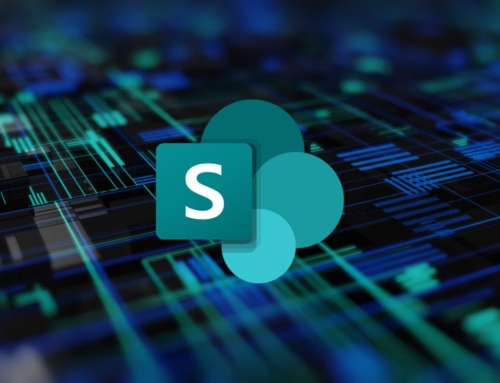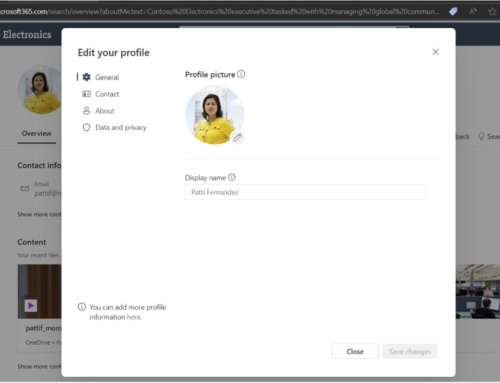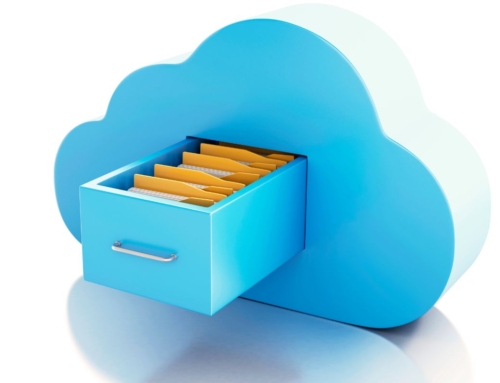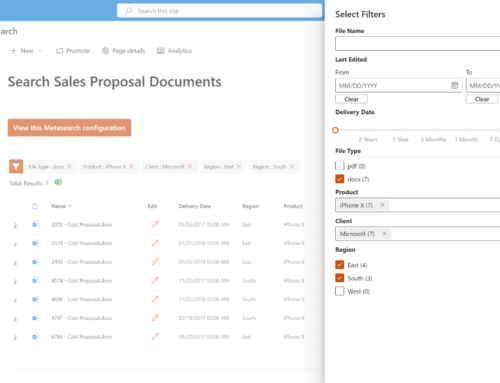When planning an intranet, it is very common to focus on the employees that sit in front of computers every day. But in many cases, medium and large-size companies also employ large populations of non-office “field” or frontline employees.
The Frontline Worker
Frontline workers are critical to the success of any business. They work the manufacturing or food lines, transport equipment, stock warehouses, man rigs or work complex machinery day in and day out. They assist patients and customers or work with clients and partners daily.
These non-office workers represent the face, eyes, and ears of a business and may have invaluable information about the customer, or insight into how the company is functioning. In some cases, they have a pulse on why customers are buying one product over another or why a product may not be selling; in other cases, frontline workers may be the main reason a customer frequents that specific business and promotes it to others. Thus, it is crucial for these frontline workers to be intimately connected to the company they represent. They need to know and understand the direction of their company and be able to pivot when the direction changes.
Yet, as important as frontline workers are, they frequently are not well connected to leadership or to the company. They often do not sit at a desk or even have a company email address. And they may not be connected to the company’s real-time communication channels – making it difficult to keep a pulse on what is happening within the organization.
Building or adapting an intranet to include non-office workers is a powerful tool to bridge this gap and connect the frontline workers to the head office and company culture.
Mobile-friendly Intranet
A mobile-first or mobile-friendly intranet is an effective way to reach frontline workers and bring them into the fold. This is possible through the ubiquity of mobile devices. While most frontline workers do not have access to a company-issued desktop or laptop, most workers have a personal mobile device. In fact, in 2021, the Pew Research Center published a mobile fact sheet showing that 97% of Americans have a cellphone and of those devices, 85% are smartphones.
Thus, personal smartphone access provides the necessary channel for any organization to connect these critical frontline employees to the rest of the organization. By building a mobile-friendly intranet, frontline workers can use their phones to access content such as:
- The latest company news and updates
- Timely messages from company leaders
- Job-related materials required for their daily duties
- Training opportunities and training videos
- Company policies, forms, and handbooks
- Compliance and safety guides
- Company-wide critical alerts
- Benefits and HR information
Providing frontline workers with real-time, easy access to this type of information boosts connectedness and engagement with a company. It improves employee morale and job satisfaction and contributes to employee retention.
And it is not just about outward corporate communication. By incorporating features into a mobile-friendly intranet that give employees the ability to comment, discuss, like, share, and submit feedback via surveys and forms, a company can learn a lot from their employees and foster a deep sense of community. And it does not have to stop there. Some organizations dive deeper and embrace employee recognition via digital “kudos” or badges to highlight employee achievements and promote the values and vision of the organization.
Planning Your Inclusive Intranet
Need help planning an intranet that incorporates all your employees? Or do you just want to learn more? We can help. Contact us! We’re happy to schedule a no-pressure, no-commitment call to discuss your needs!
Compass365, a Microsoft Gold Partner, delivers SharePoint, Microsoft Teams, and Power Platform solutions that help IT and Business leaders improve the way their organizations operate and how their employees work.









